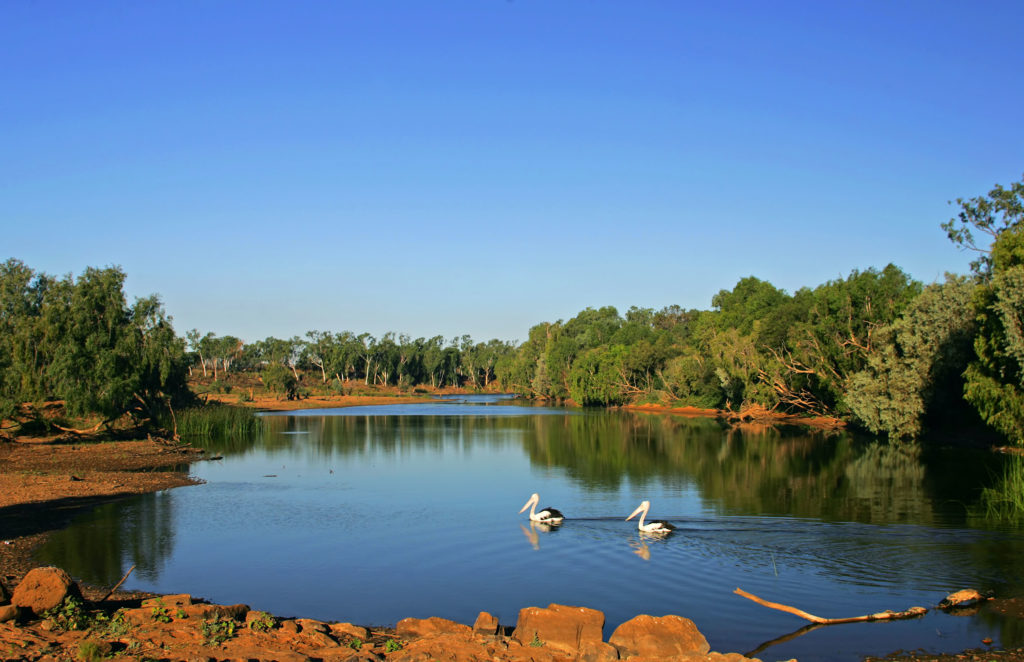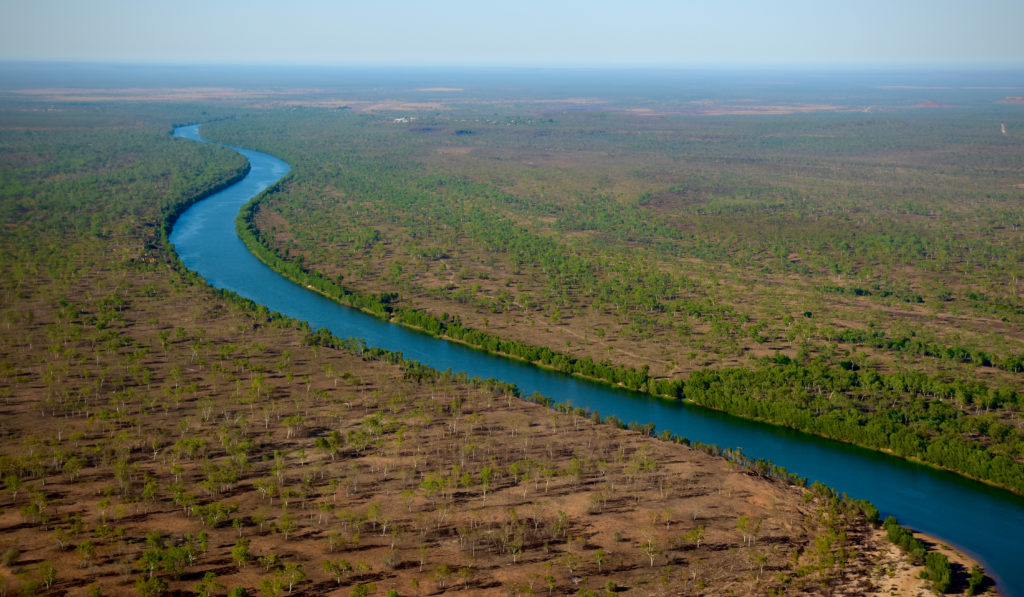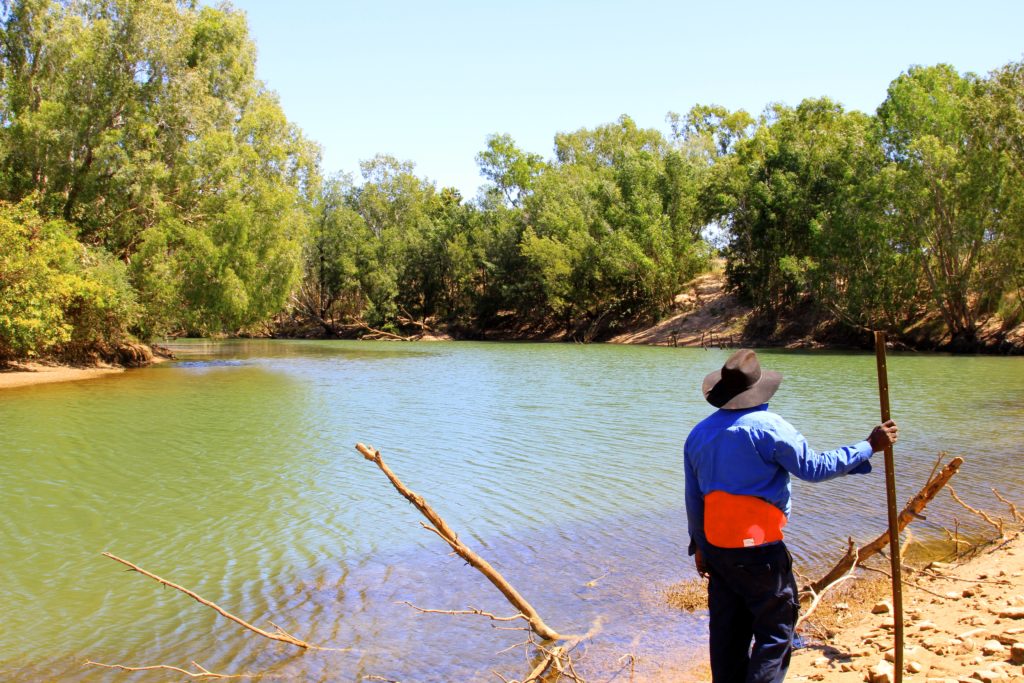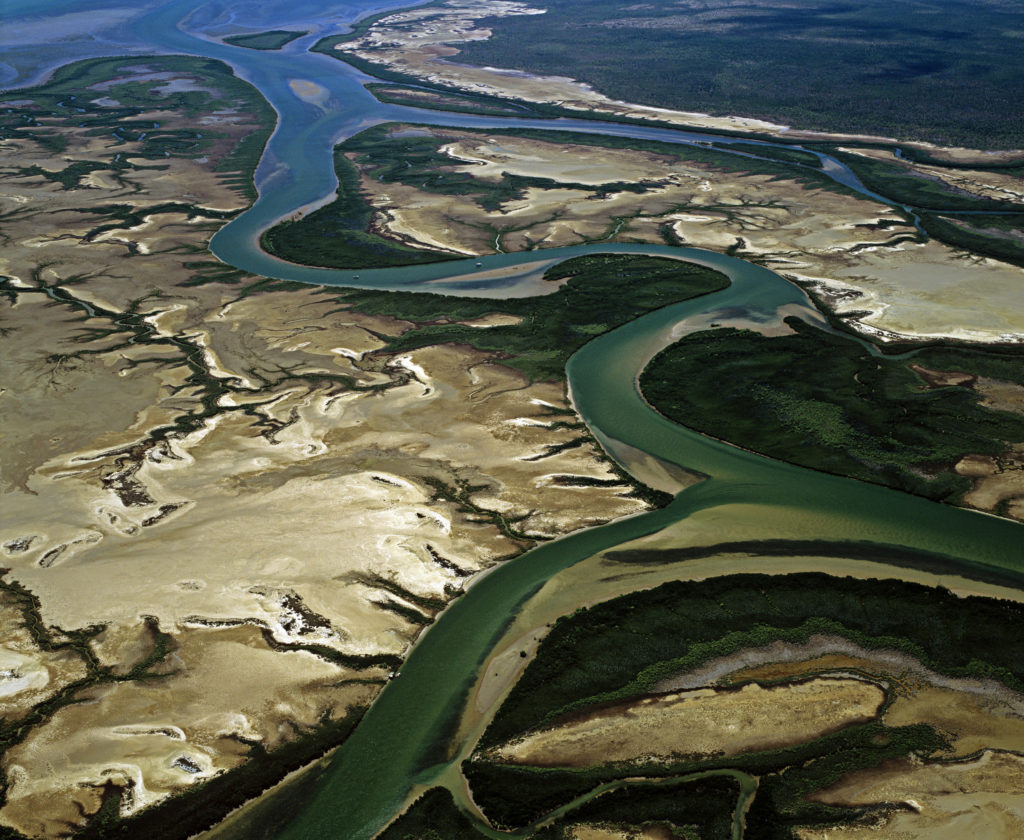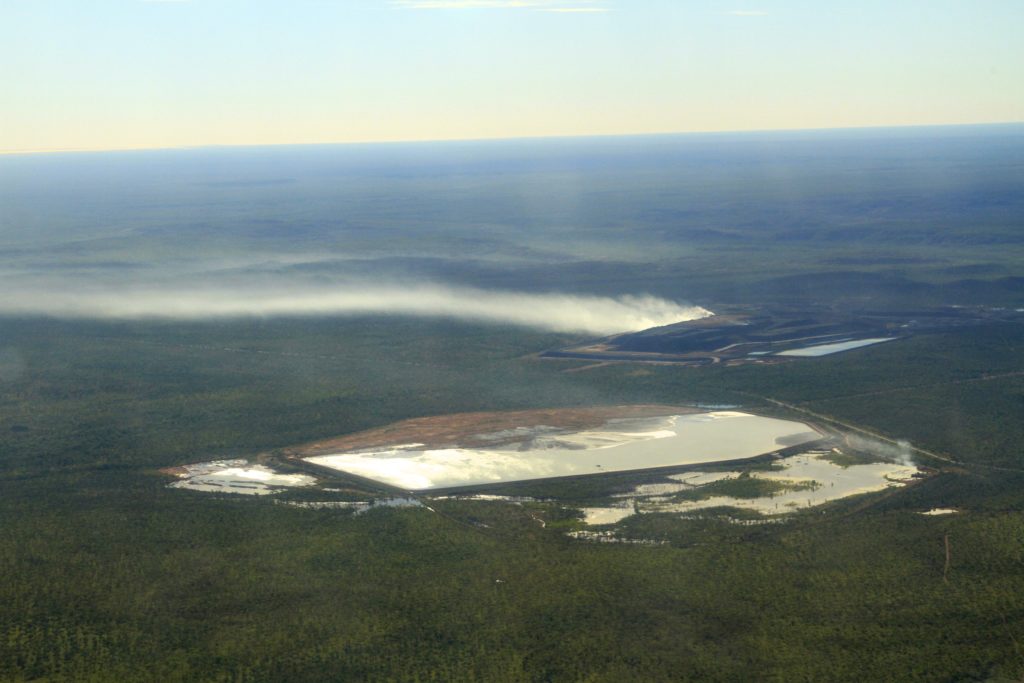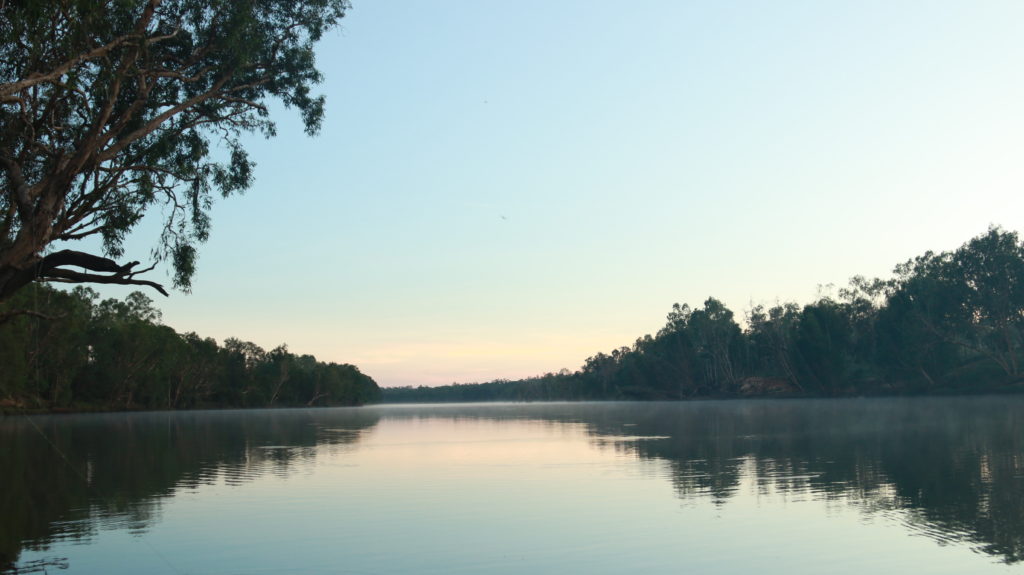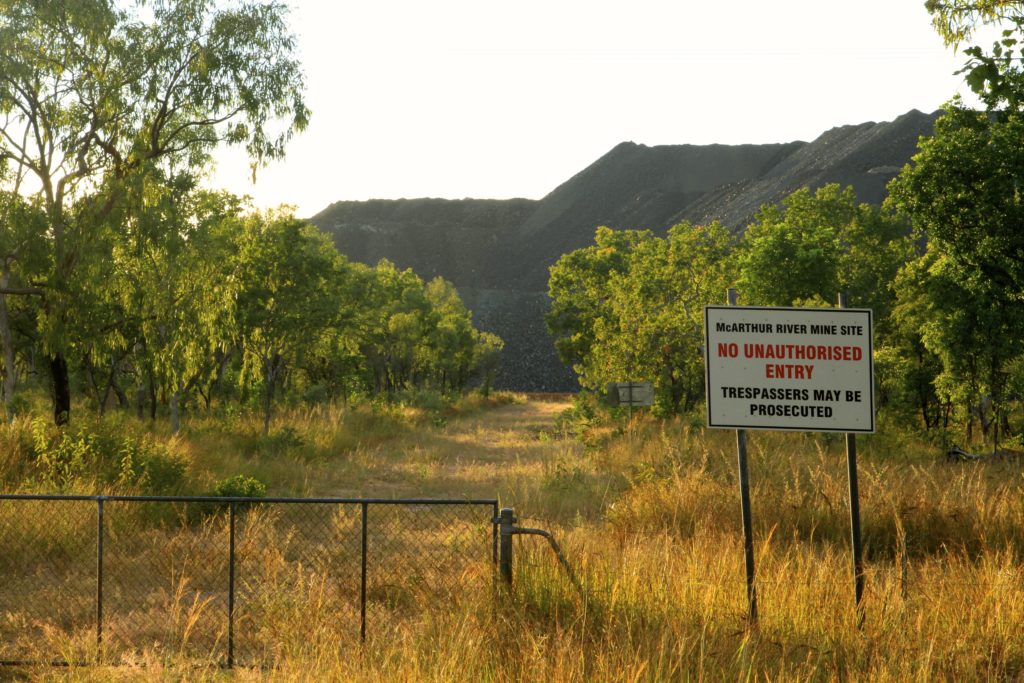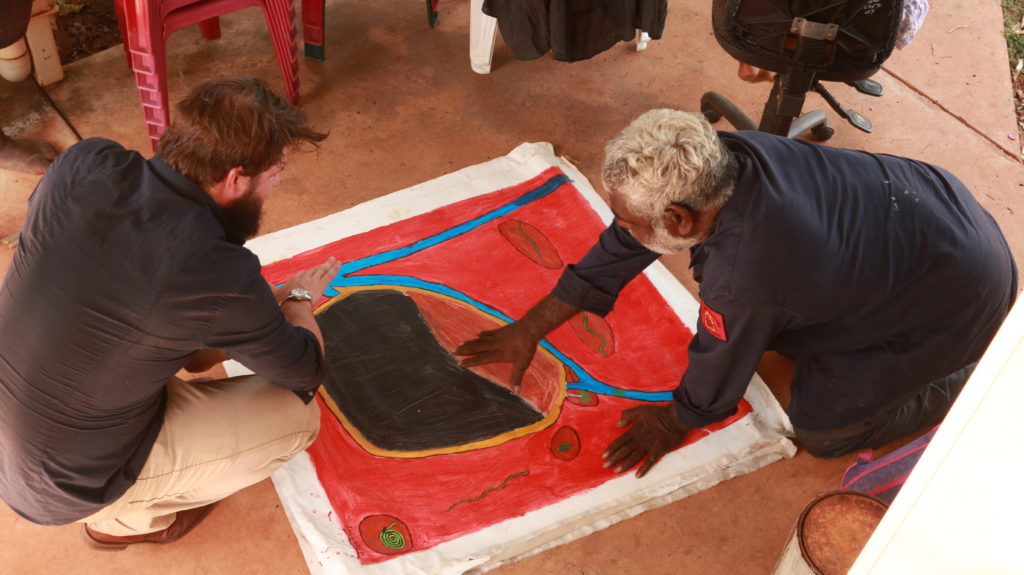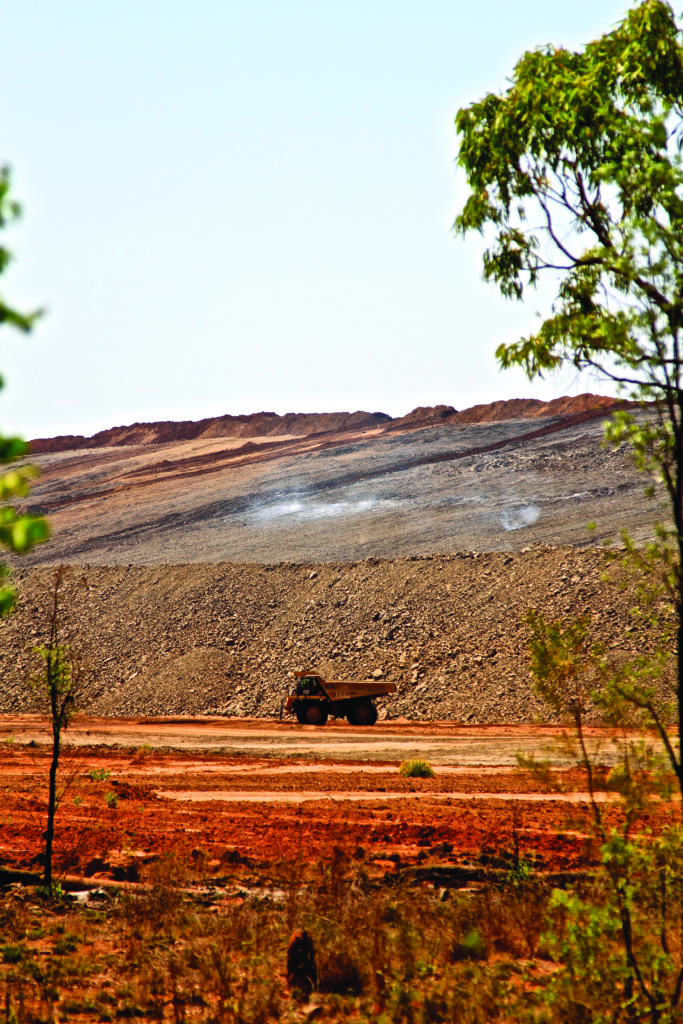Traditional Owners and the Northern Territory’s peak environment group are taking the NT Government to the Supreme Court over its decision to slash the environmental bond of Glencore’s controversial McArthur River Mine by almost $120 million.
Jack Green & Josephine Davey Green– residents of the remote community of Borroloola – have filed judicial review proceedings challenging the November 2020 decision, which reduced the bond of the troubled lead and zinc mine by almost 25% compared to the 2019 bond amount.
They are joined in the litigation by the Environment Centre NT, with both parties represented by the Environmental Defenders Office.
Situated on the McArthur River a mere 60km from the predominantly Aboriginal town of Borroloola, Glencore’s mine has been dogged by numerous environmental incidents, as well as criticism over its impact on the rich First Nations cultural heritage found in the area.
The mine will operate until 2038, however Glencore estimates – and both the NT and Commonwealth Government accept that – the site will need to be monitored and maintained for 1000 years after mining activities cease.
The EDO will argue on behalf of its clients that the NT Minister for Mining & Industry’s decision to reduce the mine’s environmental bond from around $520 million to around $400 million was made unlawfully, and the decision is thus invalid.
The case is scheduled to be heard in the Supreme Court 16-17 February 2023.
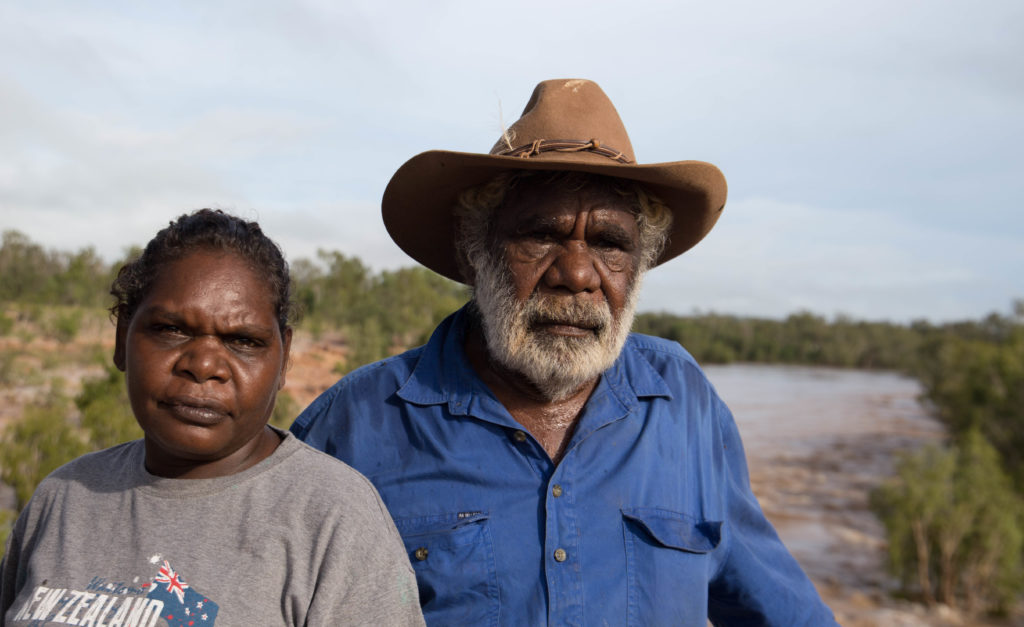
Jack Green, a Garawa elder and Traditional Owner in Borroloola, said the original bond was already insufficient to protect the McArthur River and the local area from the impact of the mine, and the decision to reduce it “doesn’t make any sense”.
“We don’t trust the mine to clean up the mess properly. We need the bond to protect the river and our country if something goes wrong,” said Mr Green.
“The bond wasn’t high enough before – it needed to be doubled at least. It’s not enough to repair the damage they’ve done – that’s why we’re fighting.
“No one came down to speak with us about the decision to cut the security bond. They’ve kept us in the dark – we still don’t know why they made that decision.
“We’re living with this mine every day, and we don’t know what’s going on. The government speaks to the mine, the mine speaks to the government, but no one speaks to us.”
The McArthur River Mine – a tragic timeline
Josephine Davey Green, a Gudanji woman and native title holder of the McArthur River Mine site, said the decision to reduce the environmental bond could impact the McArthur River and affect her people for thousands of years.
“I am hurting so deeply. I worry for my children, and their children. I am fighting for my country,” she said.
“My ancestors spent their lives with that river – it is everything to us, we’re all connected to it. It is part of us. We feel like we can’t fish there now, and I can’t get there to teach my children about culture and country – I have to go elsewhere.
“The government made a decision that could affect our people for thousands of years. If the mine walks away now, that river will be gone, and so will we.”
Environment Centre NT co-director Kirsty Howey said the Supreme Court action was about ensuring the Territory has enough money to rehabilitate the region after mining ceases 2038.
“The public has a right to know how Glencore expects to clean up after themselves and manage the 1000-year toxic legacy this mine will leave behind,” said Ms Howey.
“The regulation of this mine is a national scandal. The risks are escalating every year, and the mine and the Northern Territory Government simply can’t keep pace with what’s unfolding.”
“We’re talking about the potential destruction of an entire tropical river system that has sustained Aboriginal people in the region for 65,000 thousand years.”
“The original $520 million bond was already grossly insufficient to rehabilitate the site, with an independent review estimating the clean-up bill would be upwards of $1 billion.”
“If Glencore doesn’t put up enough money to clean up after themselves, the burden will fall squarely on taxpayers. We are trying to ensure that doesn’t happen.”
David Morris, Environmental Defenders Office CEO, said the McArthur River Mine could have severe, long-term impacts on the Territory.
“The McArthur River Mine stands out among a litany of examples where local communities will live with the consequences of the Northern Territory Government’s failures, long after the companies and the decision-makers that approve projects move on,” said Mr Morris.
“Ultimately it’s not going to be Glencore or this government that has to live with this failure for the next 1000 years – it will be the people of Borroloola.
He said the EDO legal team would argue on behalf of its clients that the NT Mining Minister had made an error of law in deciding to reduce the bond.
“This case is about ensuring the Territory has enough money to fix up the mine site if the company does walk away, and protecting the community and the taxpayers from shouldering the costs.”
Latest Climate Updates
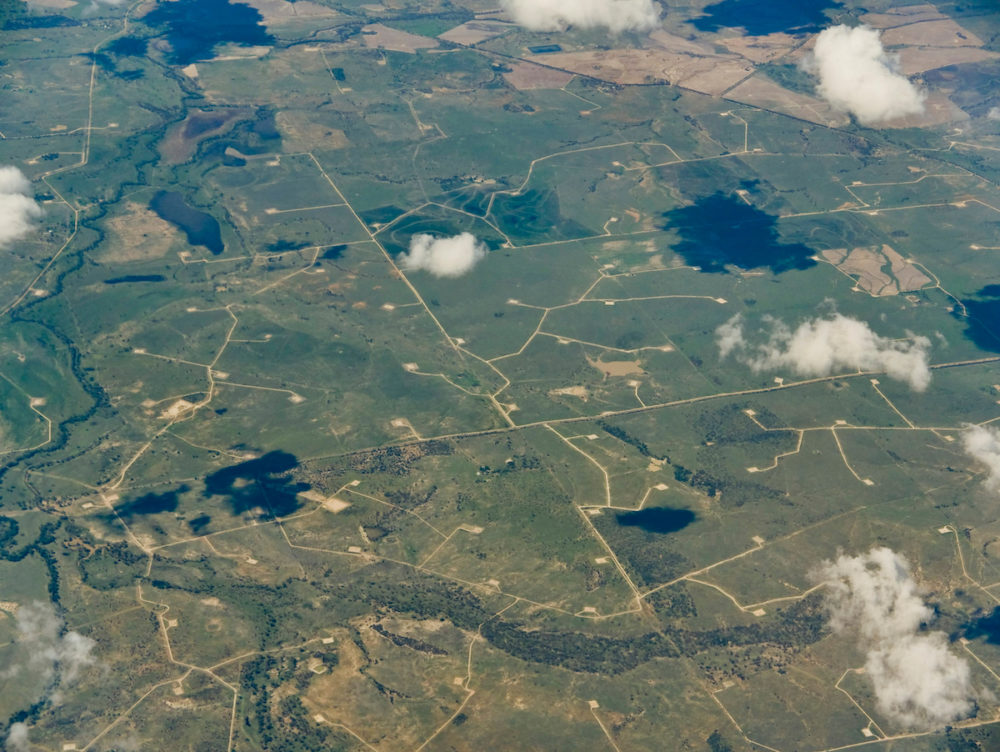
Briefing Note – EPBC Amendment (Reconsiderations) Bill 2025
Safeguard Mechanism not a solve-all: need for climate considerations in project assessment processes
Judicial Review of decisions made under the Environmental Protection Act 1986 (WA)
Join the EDO network today to help give the environment the defence it deserves.
Take Action

